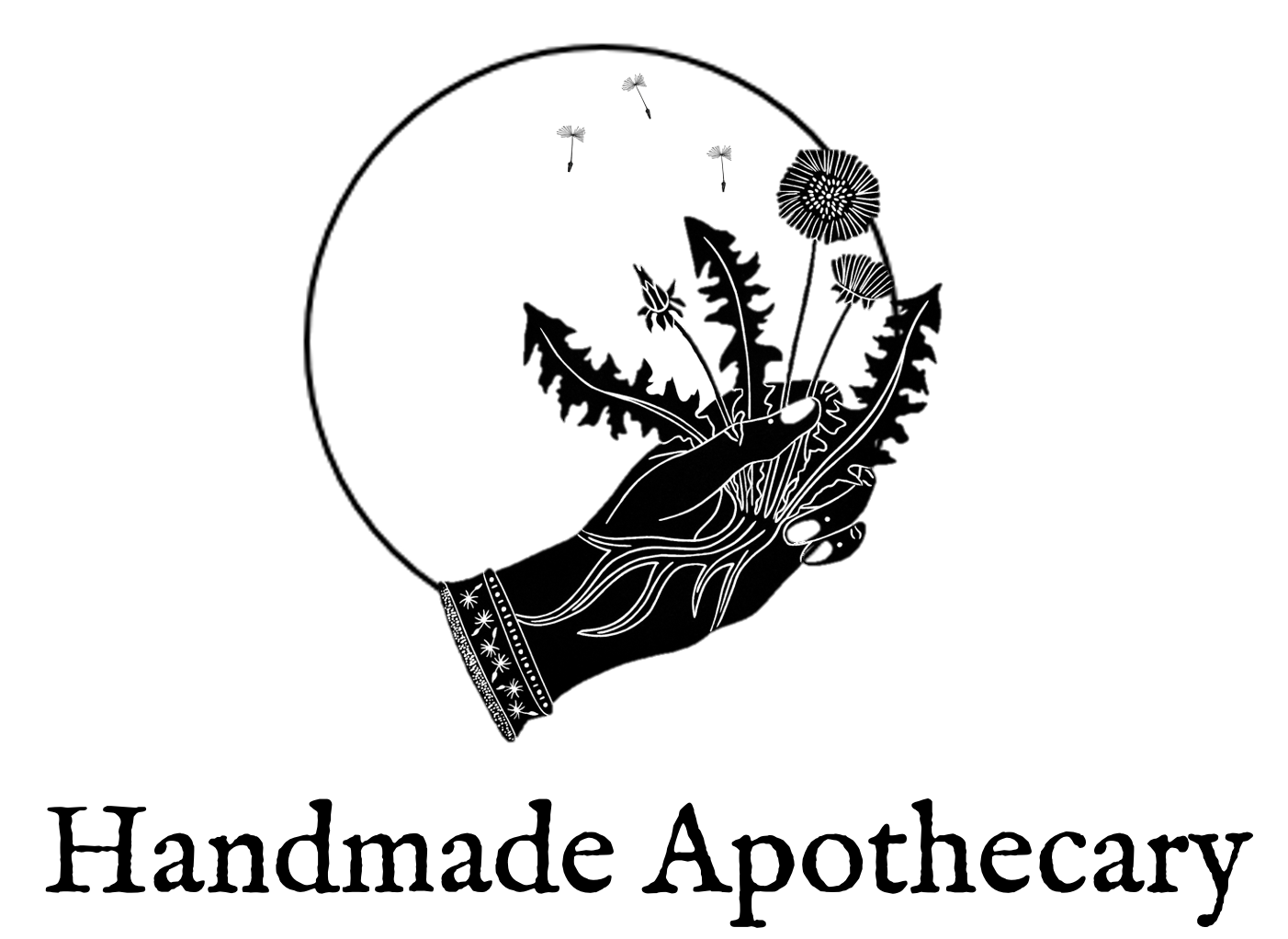From March until May, here are some spring (and early summer) herbal tips to try....
Spring nettles: pick before flowering (c) Kyle Books/Sarah Cuttle
1. Make nettle soup
(March - May)Stinging nettles are best gathered in spring. Young, fresh, full of protein and minerals including lots of iron, they are particularly beneficial for anaemic or run-down people. They add a tasty and nutritious umami base to soups: add them in at the end of cooking, heat for a few minutes and blend. Don't worry, the heat will immediately destroy their stings! Recipe here.
Cleavers cold infusion, even better with lemon and cucumber (C) Kyle Books/Sarah Cuttle
2 Drink cleavers cold infusion
(March-May) We always mention cleavers (a firm favourite with us), but being such a lovely, abundant wild plant with lovely medicinal qualities and a refreshing drink too, how can we not! Crush a handful of this sticky, hooky weed and pour cold water over it. Leave overnight to infuse. sip this thirst-quenching drink throughout the next day. More about cleavers benefits here.
Hawthorn flowers in May (C) Kyle Books/Sarah Cuttle
3 Infuse your hawthorn flowers
(April-May) Hawthorn flowers (and the first top leaves) are dried by herbalists to make a traditional infusion to support mild to moderate low & high blood pressure. They are also excellent for calming anxiety when you feel tight or heavy chested.
A favourite recipe is to infuse the fresh flowers and leaves in brandy for a month - it makes a lovely liqueur and a teaspoon can be taken occasionally when feeling stressed. More about Hawthorn ID & uses here.
4 Make an elder leaf balm
(April-May) Elder tree is one of our favourite trees, and Spring gives us two of its most useful remedies, so it is inevitable to mention them both here. The leaf, though not suitable for eating (it will make you throw up), is an effective traditional remedy as a balm for bruises. Pick the acrid, resinous young spring leaves, allow to dry slightly over night and then infuse in oil. How to infuse oils here. This oil can be used as a rub for bruises and sore muscles, or gently melt in 10g of beeswax to 100mls to make a balm. Apply to bruises as needed.
5 Pick Elderflowers to make a sweet cordial
(May) Who doesn't love a refreshing, delicious elderflower cordial? It is especially lovely added to sparkling water or champagne. Pick the flowers when creamy and white - use an ID book but a good feature for recognition is they smell just like the cordial. Elderflower is used as a folk remedy for colds & flu, the patient is given a drink of the cordial mixed with hot water and sent off to bed. Recent research has shown it to have potential antiviral properties.
It is incredibly simple to make, and once you know how, you'll look forward to elderflower season every year. Recipe here.
Would you like to learn more about herbs and how to use them? Why not join our Home Herbalism course this spring?
Top tips: Always use an ID book to make sure you have the correct plant, and learn to be safe when you forage. Other herbal safety here.





